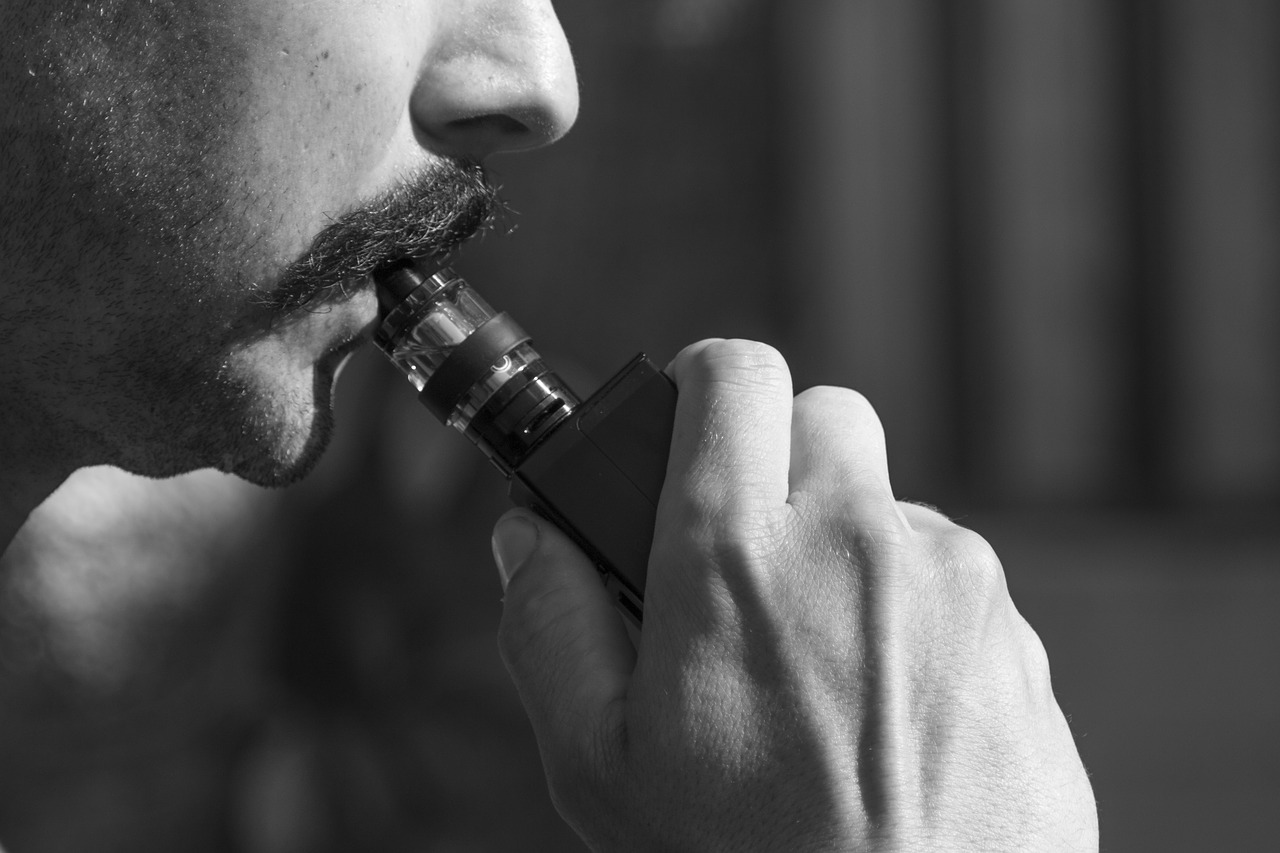Disclaimer: This asset – including all text, audio and imagery – is provided by The Conversation. Reuters does not guarantee the accuracy of, or endorse any views or opinions expressed in, this asset.
Electronic cigarettes (e-cigarettes), also known as vapes, are gaining popularity among youths in many parts of the world, including the US and Europe.
These young vapers are often unaware their e-cigarettes contain nicotine, an addictive substance that is also present in tobacco cigarettes.
Little do vapers know that their habit may also endanger non-vapers. Vapers may expose others to e-cigarette emissions.
Passive vaping, or secondhand exposure, is a condition where bystanders, usually non-vapers, are exposed to the exhaled aerosol from e-cigarette use.
Unlike passive smoking, which includes the smoke released from the end of the burning cigarette (side stream), passive vaping only comes from the exhaled e-cigarette aerosol since the device does not yield side stream.
Passive vaping is as concerning as passive smoking for at least two reasons.
1. E-cigarette aerosol from passive vaping contains dangerous toxins
Vaping aerosols do not only contain water vapour as commonly believed.
The toxins include, among others, fine and ultra-fine particles (also known as particulate matter), nicotine, volatile organic compounds like formaldehyde and acetaldehyde, as well as metals. The latter was found in e-cigarette aerosol at a higher level than in tobacco smoke.
Formaldehyde and acetaldehyde can cause cancer in humans . Nicotine may cause impaired brain function, especially in young people.
The particulate matter is smaller in e-cigarette aerosol than is found in cigarette smoke. This makes it easier for these particles to penetrate the lungs and induce diseases such as cardiovascular and respiratory diseases and diabetes.
Many studies show levels of particulate matter and nicotine increase in an indoor environment during and after vaping, suggesting it creates indoor pollution.
For example, in homes of e-cigarette users, the concentration of indoor airborne nicotine was more than six times higher than in non-users’ homes.
People who lived with vapers also absorbed the nicotine from the aerosol into their system.
Airborne nicotine and fine particulate matter from passive vaping may also contaminate other rooms or spaces as they can travel to neighbouring areas and outdoor environments.
The aerosol from passive vaping also contains other chemicals not present in regular cigarettes, such as propylene glycol and glycerol, which serve as the solvent in vape liquid, and flavourings.
Although propylene glycol and glycerol are considered safe for ingestion, they have not proved safe for inhalation.
Short-term exposure to e-cigarette aerosol has been shown to irritate eyes and airways and worsen respiratory conditions, such as asthma and chronic obstructive pulmonary disease, like chronic bronchitis.
This COVID-19 pandemic may put bystanders exposed to e-cigarettes at higher risk of contracting or having poor outcomes for COVID-19 since the aerosol may compromise lung function and immunity.
2. Passive vaping may endorse social acceptance of vaping and renormalise smoking
Studies found that youth seeing someone else vaping or exposed to the vaping aerosol were likely to initiate vaping or even smoking combustible cigarettes.
They even tend to perceive vaping or passive vaping as safe.
This raises concern about the gateway effect for non-smokers who may become smokers at a later stage or become dual users who vape and smoke.
The magnitude of passive vaping is not negligible. Exposure to e-cigarette aerosol has been pervasive, especially in countries where e-cigarette use is prevalent, like Greece and England .
In 2017-2018, 16% of adult bystanders in 12 European countries were exposed to e-cigarette aerosol in indoor settings.
In the US, passive vaping in indoor or outdoor public places was reported by nearly one in three middle and high-school students in 2018.
Indeed, passive vaping disproportionately affected youth, men and former vapers.
In Europe, passive vaping commonly occurred in places where smoking was already banned, including the indoor areas of bars, restaurants and workplaces or education facilities.
Vaping was even observed in locations where kids are likely around, such as children’s playgrounds and school gates.
To mitigate the negative impacts of passive vaping on bystanders, we must closely monitor the trend of passive vaping in the population, especially among vulnerable groups such as children and people with threatening diseases.
Policymakers should consider including vaping in smoke-free policies to simplify communication and implementation of the regulations.
The WHO Framework Convention on Tobacco Control has advised countries to forbid vaping in enclosed spaces or at least in smoke-free places.
However, less than 60% of WHO European region countries had national laws on e-cigarette use by 2018.
This lack of regulation of e-cigarette aerosol occurs because European countries still focus more on other e-cigarette regulatory domains, such as marketing, retailing, pricing and product standards.
Fortunately, people are mainly in favour of vaping bans in public places, particularly in smoke-free areas. This implies an opportunity for authorities to adopt vaping regulations as part of the country’s tobacco control strategy.

